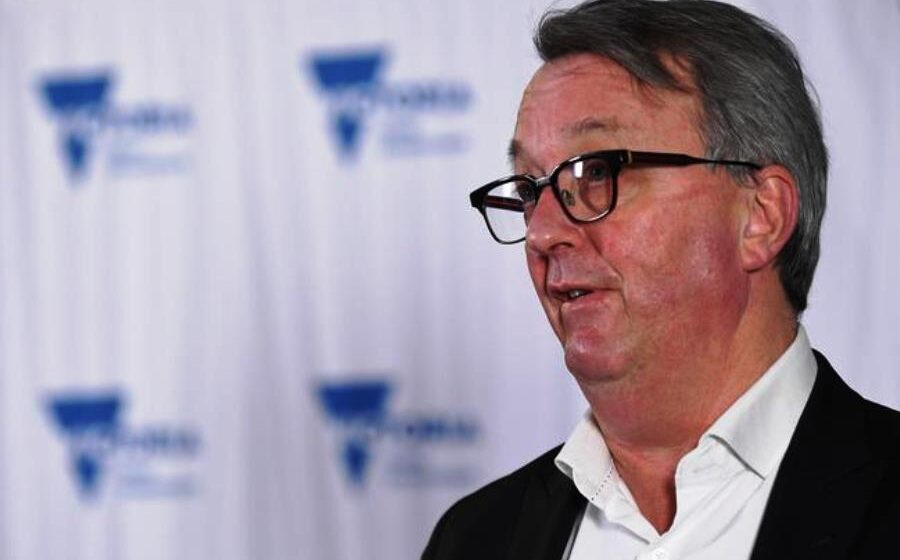Victoria is tightening the NSW border bubble, limiting non-essential movement across state lines.
From 11.59pm on Monday, border bubble residents will only be able to cross state lines for six reasons including medical care, compassionate reasons, work, education, playing sport or getting vaccinated.
The new measure only applies to the NSW-Victorian border bubble residents, although alpine areas will be exempt.
Health Minister Martin Foley said those who cross the border for a non-essential reason face a $5452 fine.
“We know this will have a big impact on border residents. But it is necessary … to keep us as safe as possible from COVID,” he told reporters on Monday.
He confirmed there were no COVID-19 cases in any NSW local government areas in the border bubble.
It comes as Victoria has recorded two new local cases of COVID-19, both linked to the state’s current outbreaks and in isolation for their entire infectious period.
The health department’s deputy secretary Kate Matson said both were household contacts, one of a Moonee Valley traffic controller and the other of the AAMI Park outbreak.
More than 21,000 test results were received in the 24 hours to Monday morning, while about 15,000 vaccine doses were administered at state-run sites during the same period.
Victoria has changed its regime for rolling out Pfizer at state clinics to protect more of the population faster.
From Monday, all people who receive a first dose of Pfizer will wait six weeks – not three – for their second dose.
Chief Health Officer Brett Sutton said Victoria is in a good position to hit 70 and 80 per cent COVID-19 vaccination coverage, which would trigger escalating levels of freedom from restrictions nationwide.
Some 19.2 per cent of Victorians over 16 had been fully vaccinated to Saturday, fractionally ahead of NSW (19.07 per cent), Queensland (18.32 per cent) and Western Australia (16.12 per cent).
A data analysis snapshot of 204 locally acquired cases in Victoria from July 12 to 28 shows 25 had at least one vaccine dose. Only 10 were fully vaccinated.
Of those 10, none were hospitalised and all were either asymptomatic or had mild symptoms.



